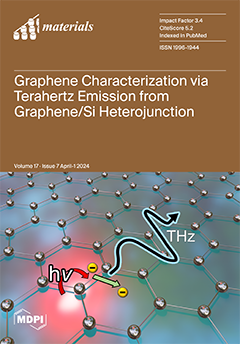Controlling friction by light field is a low-cost, low-energy, non-polluting method. By applying ultraviolet light on the surface of photosensitive materials, the properties of the friction pairs or lubricant can be influenced, thus achieving the purpose of reducing friction. In this study, TiO
[...] Read more.
Controlling friction by light field is a low-cost, low-energy, non-polluting method. By applying ultraviolet light on the surface of photosensitive materials, the properties of the friction pairs or lubricant can be influenced, thus achieving the purpose of reducing friction. In this study, TiO
2, an inorganic photosensitive material, was selected to investigate the modulating effect of light fields on friction lubrication when using polyalphaolefin (PAO) base oil as a lubricant, and the modulation law of light fields on the friction lubrication behavior was investigated under different loads (1–8 N), different speeds (20–380 mm/s), and different viscosities (10.1–108.6 mPa·s) of PAO base oil. The experimental results showed that light treatment could reduce the friction coefficient of PAO4 base oil lubrication from 0.034 to 0.016, with a reduction of 52.9% under conditions of 3 N-load and 56.5 mm/s-speed, and the best regulation effect could be achieved under the mixed lubrication condition. After TiO
2 was treated with ultraviolet light, due to its photocatalytic property, PAO molecules were oxidized and adsorbed on the TiO
2 surface to form an adsorption layer, which avoided the direct contact of rough peaks and thus reduced the friction coefficient. This study combines photosensitivity, photocatalysis, and friction, presenting a method to reduce the friction coefficient by applying a light field without changing the friction pairs or lubricants, which provides a new direction for friction modulation and gives new ideas for practical applications.
Full article






